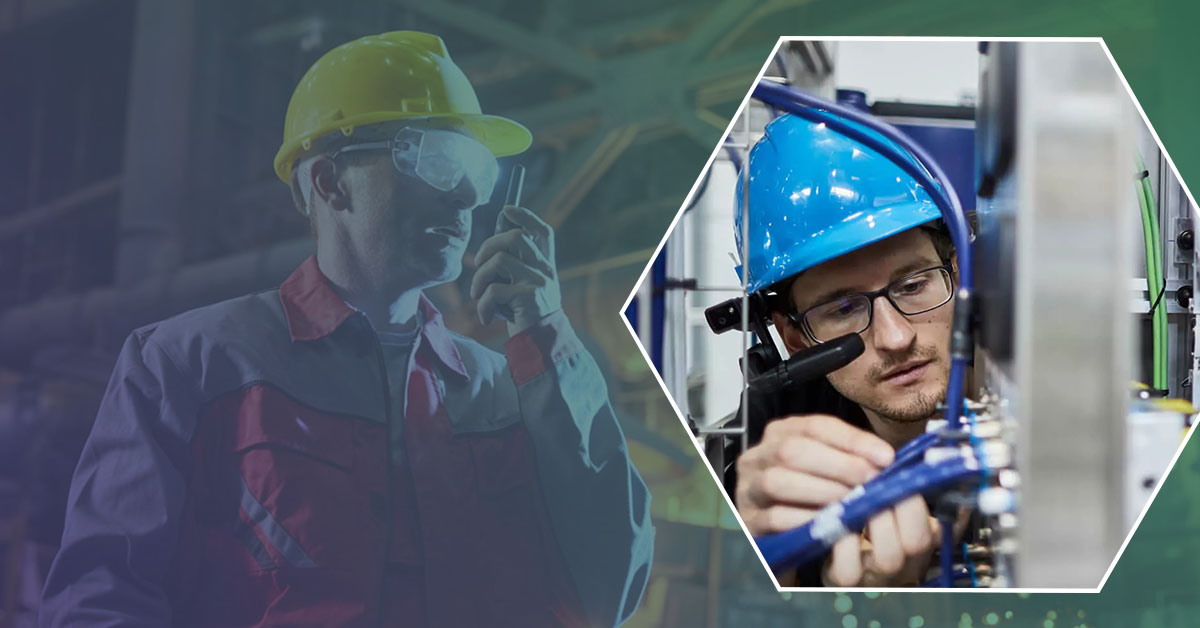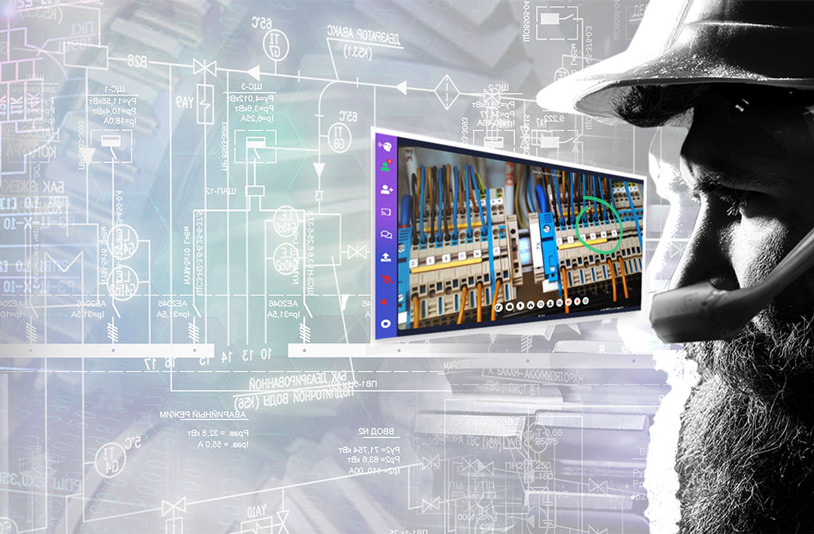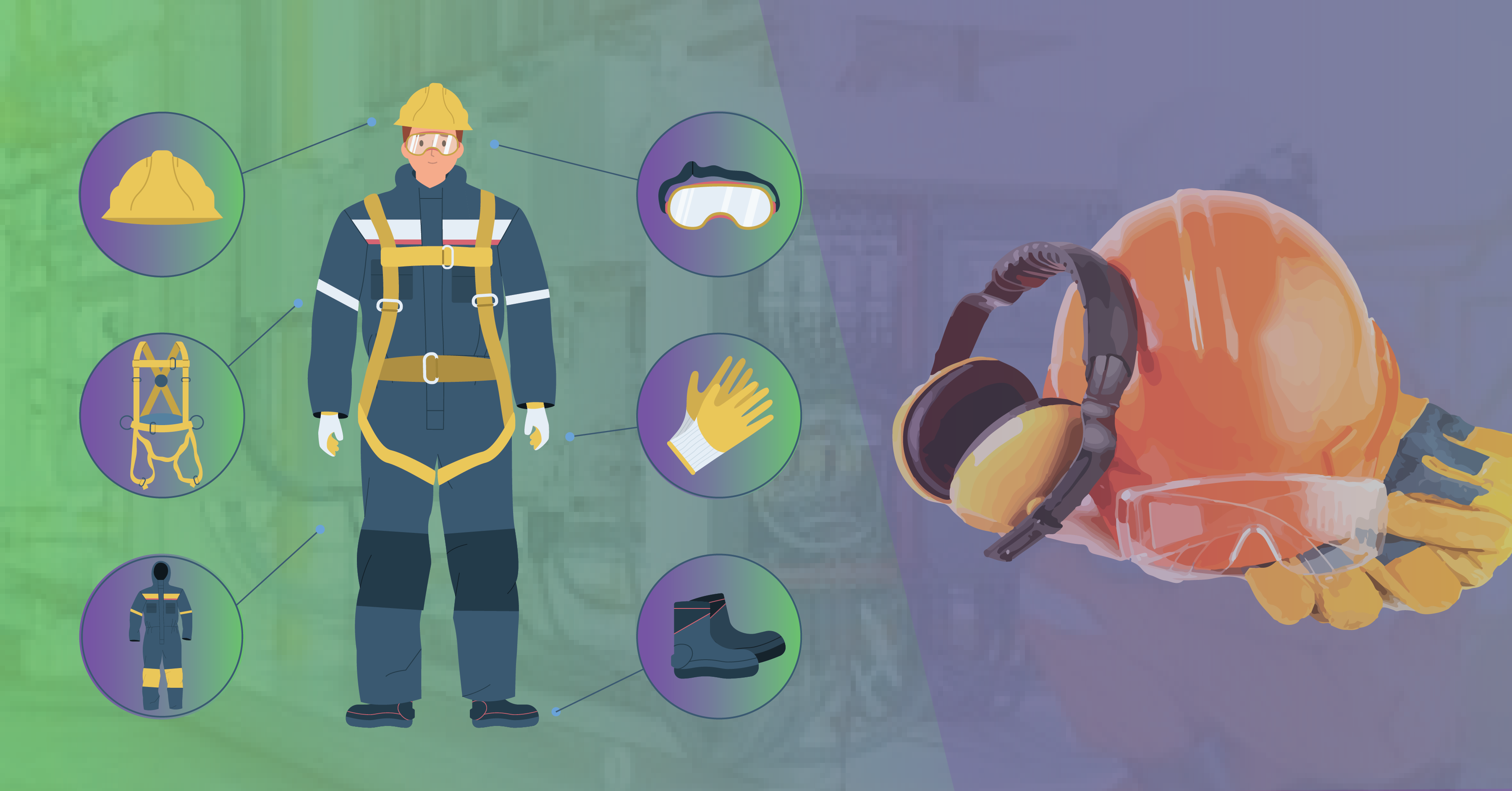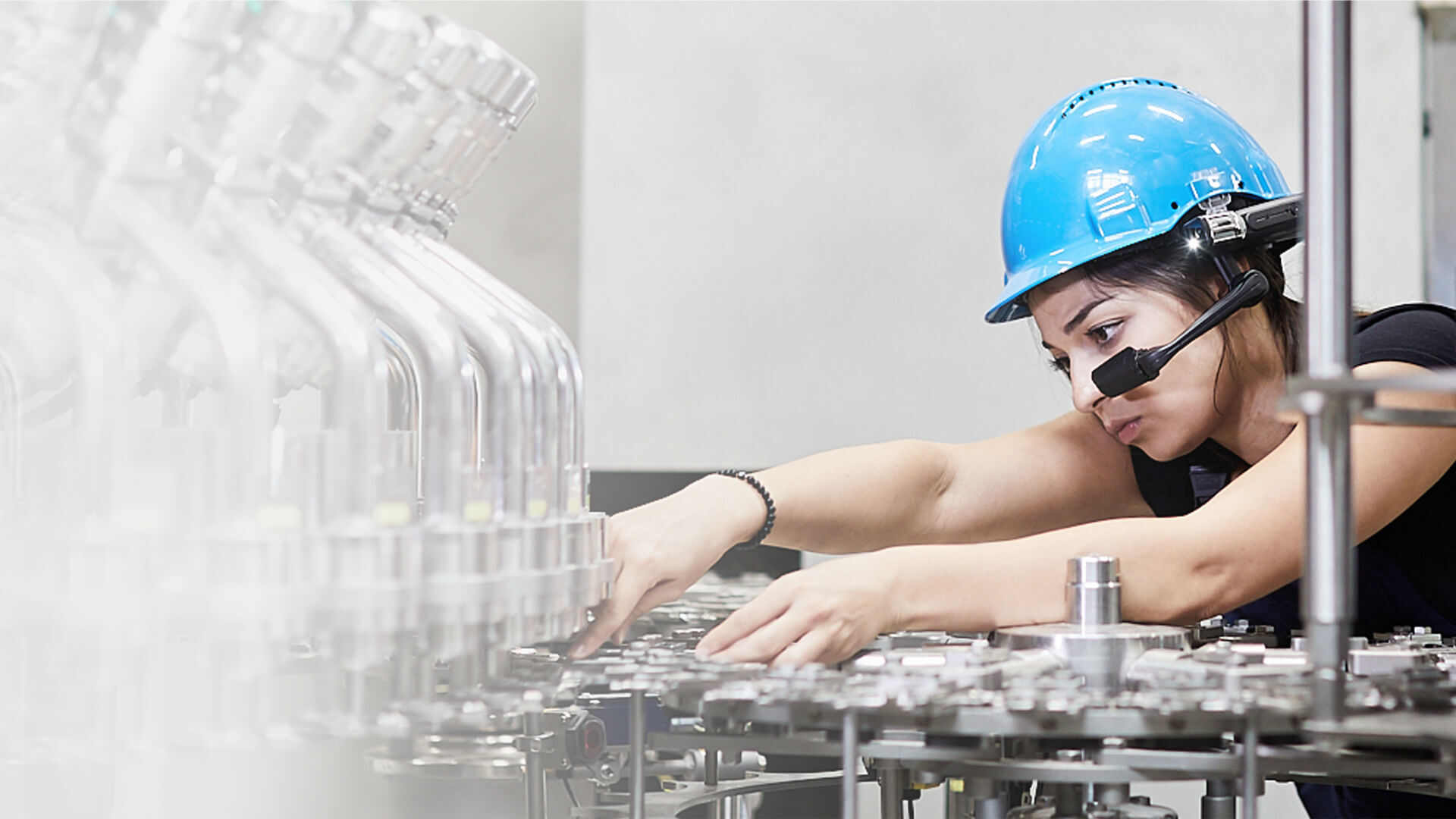Assisted reality devices have revolutionized the way we interact with the world around us. It has the ability to superimpose information of the real world by allowing a person to view a screen within his immediate field of vision, hands free. This provides new ways to learn, work, and entertain. However, amidst the excitement and endless possibilities that assisted reality devices offer, it is crucial to emphasize the importance of safety while using such technologies.
Assisted reality(aR) devices typically consist of headsets or smart glasses equipped with sensors, cameras, and display screens and a software to display the data. These devices enable users to access and interact with digital content while remaining aware of their physical surroundings. It is crucial for users to avoid being diverted by computer-generated (3D) visuals (overlays) that could hinder their awareness and concentration on the actual surroundings.
By prioritizing safety, we can fully embrace the advantages of assisted reality devices while minimizing any potential harm they may cause. In hazardous environments, assisted reality devices can also enhance safety by providing vital information, instructions, and warnings in real
time.
Importance of Safety in Hazardous Environments
Individuals face significant risks in hazardous environments due to potential accidents, exposure to harmful substances, or dangerous conditions. When using wearable devices in these environments, it is critical to prioritize safety to effectively mitigate these risks. Individuals can ensure their safety and maximize the benefits of assisted reality devices by following proper safety precautions.
When using aR devices in hazardous environments, you can ensure a safe and productive experience when using these important safety tips.
1. Conduct a Thorough Risk Assessment
Before utilizing Assisted Reality Devices in a hazardous environment, it is vital to conduct a comprehensive risk assessment. Identify potential dangers and evaluate the level of risk associated with the environment. Consider factors such as chemical exposure, high temperatures, heavy machinery, confined spaces.
Once you assess the environment, you need to ascertain which hardware is best suited for this location. Certifications like ATEX which is a product regulation, ensures the safety of equipment intended for use in potentially explosive atmospheres. Sophisticated devices like HMT-1Z1 from our partner Realwear is intrinsically safe and meets Class 1 Division 1 and ATEX & IECEx Zone 1 certifications. This means the HMT-1Z1 presents no ignition risk where potentially explosive atmospheres exist in normal routine operations.
By understanding the risks involved, you can take appropriate measures to mitigate them effectively. Develop safety protocols and guidelines based on the assessment to ensure a safe working environment.
2. Use Proper Personal Protective Equipment (PPE)
Personal Protective Equipment (PPE) plays a critical role in safeguarding individuals using
Assisted Reality Devices in hazardous environments. Ensure that all users are equipped with
the necessary gear, such as:
– Safety goggles or face shields to protect the eyes and face from debris or chemical splashes.
– Gloves to shield the hands from potential hazards and provide a secure grip.
– Protective clothing, including coveralls or flame-resistant suits, to guard against heat or chemical exposure.
– Steel-toed boots or safety shoes to protect the feet from falling objects or crushing hazards.
Telepresenz employs computer vision, machine learning and AI technologies to ensure the provision of proper Personal Protective Equipment (PPE) to individuals. Through the use of cameras and image processing algorithms, Telepresenz analyzes real-time video feeds to identify employees and assess their PPE needs. It promptly alerts both the user and the relevant personnel responsible for enforcing safety protocols.
Telepresenz goes beyond mere detection; it also offers additional features to enhance safety and compliance. For example, it can provide real-time guidance to employees on how to properly wear and adjust their PPE to ensure optimal protection. This helps prevent accidents and reduces the risk of injuries in the workplace.
3. Implement Regular Maintenance and Inspection Procedures
Maintaining and inspecting Assisted Reality Devices on a regular basis is crucial to ensuring their optimal functionality and safety. Create a maintenance schedule and adhere to it diligently.
Consider the following practices:
– Regularly clean lenses and displays to maintain clear visibility.
– Inspect cables and connectors for signs of damage or wear.
– Check battery life and ensure an adequate power supply.
– Calibrate sensors and tracking systems to guarantee accurate data.
By implementing routine maintenance procedures, you can identify potential issues early on and address them promptly, minimizing the risk of malfunctions or accidents.
Remember, the effective use of Assisted Reality Devices in hazardous environments requires diligent adherence to safety protocols, proper training, and situational awareness. Stay vigilant, and never compromise on safety.
By incorporating these essential safety tips into your practices, you can maximize the benefits of Assisted Reality Devices while minimizing risks and ensuring a secure working environment.
Conclusion
In hazardous environments, Assisted Reality Devices offer exciting possibilities, but safety should always be a top priority. Conducting a thorough risk assessment, wearing appropriate personal protective equipment, and following regular maintenance procedures are all necessary steps to improve assisted reality device safety. Remember that a safe working environment increases productivity and provides peace of mind for everyone involved.
Telepresenz software can act as a crucial safety net when using assisted reality devices. It provides continuous supervision that can help prevent accidents, ensure adherence to safety guidelines, and minimize risks associated with working in unfamiliar or dangerous environments. It empowers users with real-time guidance, and collaboration, while also facilitating ongoing training and post-analysis. By leveraging the capabilities of this software, organizations can ensure that their workforce operates in a safer and more secure environment, maximizing the benefits of assisted reality technology while minimizing potential risks.
Through remote assistance, experts can guide technicians wearing assisted reality devices, ensuring proper handling and minimizing risks. The digital workflow streamlines processes, reducing errors and enhancing efficiency. Knowledge Capture captures and stores critical information, creating a comprehensive safety database accessible to all. Together, these technologies enable real-time support, seamless collaboration, and easy access to essential safety protocols, empowering users to work confidently with assisted reality equipment while prioritizing safety.
Contact [email protected] to learn more.




